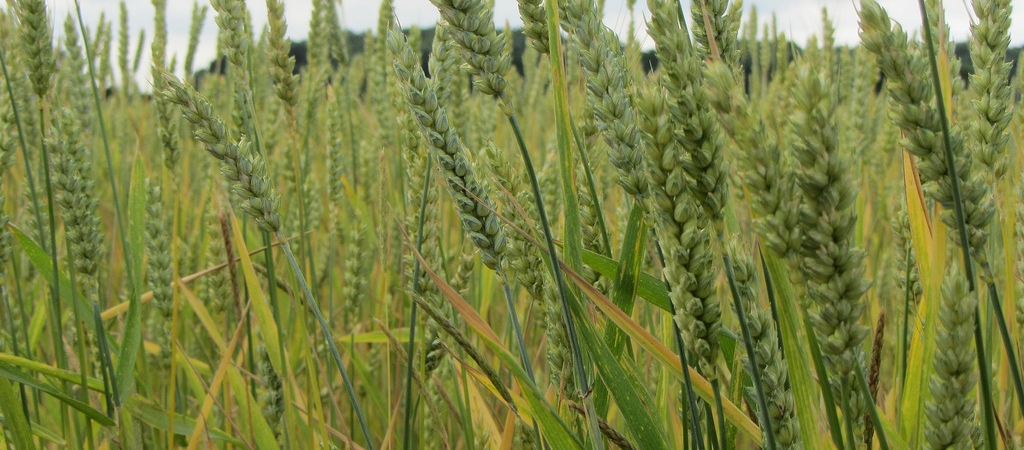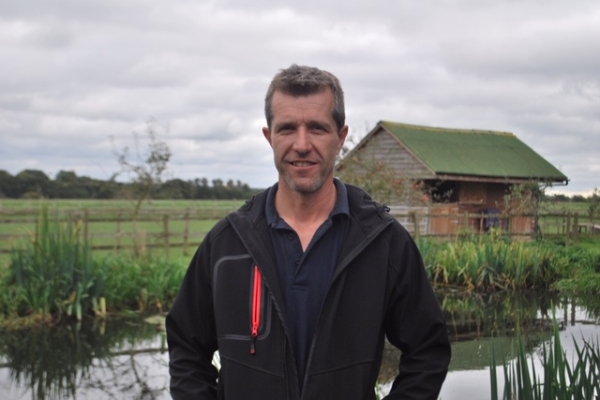Populations: diversity in plant breeding
Resource explained
Organic crop production requires plant varieties that are resistant to disease, competitive against weeds and effective at scavenging for nutrients. This leaflet summarises information about the ORC Wakelyns Population. The organic wheat population was launched in July 2015 as a result of an evolutionary breeding program pioneered by the Organic Research Centre (ORC). The huge diversity it offers fits well with the requirements of both low-input and organic farming. The leaflet explains that the benefits of diversity of wheat populations is understood within agriculture but until recently has not been a viable option. It sets the ORC Wakelyns Population in context with sections on breeding for organic/low input systems, the importance of diversity, defining what a ‘population’ is, and describing the ‘buffering effect.’ It then goes on to explain how the Population was bred, the qualities that distinguish it, the marketing of it, and where you can buy it.
Findings & recommendations
- Conventional and organic agriculture predominantly uses monoculture pureline wheat varieties bred for high input conditions.
- Changes to EU Law in 2014 has meant trial periods of marketing varieties (populations) that do not fit normal rules and regulations is now possible.
- ORC Wakelyns Population is the result of over 14 years of work looking at composite cross populations. The publicly-funded breeding programme has involved making 190 crosses from 20 parent varieties and mixing the resulting seed. This has now been through eleven generations of natural field selection.
- The increased genetic diversity leads to more efficient use of soil nutrients and water, and lowers levels of plant disease and pests, improving the yield stability. The Population combines attractive levels of both yield and quality, producing attributes such as increased protein and hardness, and suitability for baking and animal feed.
- We need diversity simultaneously in our systems; through rotations, integration of crops and livestock, inter-cropping, and within crops (variety mixtures or populations).
- Wheat populations (with their genetic and physical diversity) offer a more robust option for growers; different individuals can complement each other, but it also means that if one fails, others can take its place.
Also see ‘Launch of ORC Wakelyns Population‘








